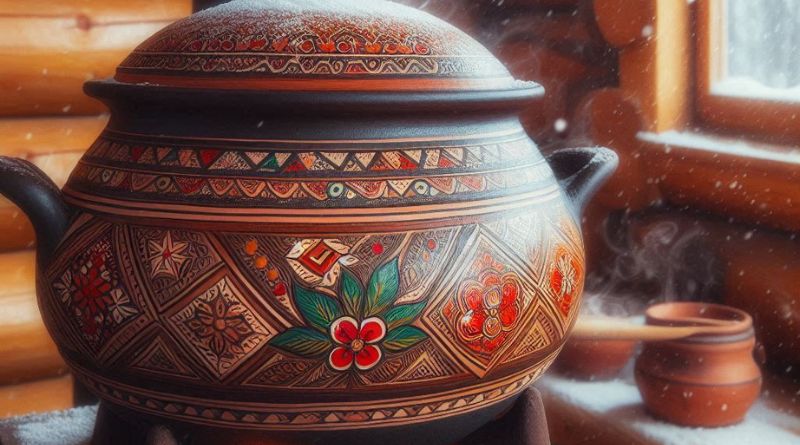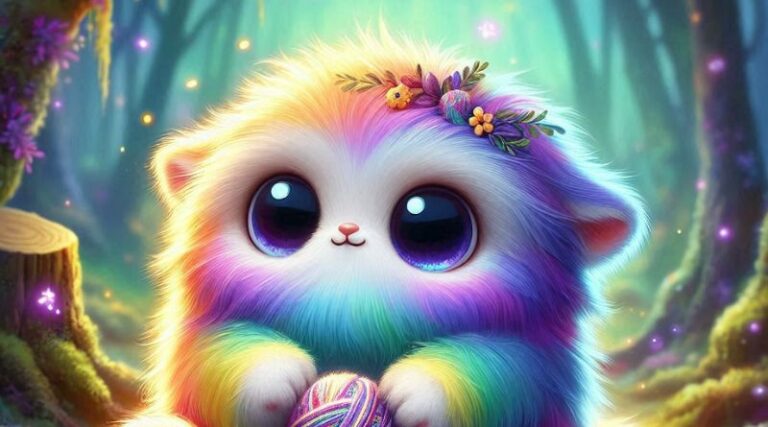Põde: Discovering the Soul of Estonia Delving into Charms

In the heart of the Baltic region lies a fascinating cultural gem called Põde. This unique aspect of Estonian culture holds a wealth of wisdom and beauty. It also has a depth that resonates with those who try to understand its complexities. Today, we will explore the essence of Põde, its origins, expression in art, music, and literature, and contemporary relevance.
What is the Essence of Põde and Its Importance?
It embodies a deep sense of ambition and introspection in Estonian culture. However, it is a concept that encompasses an array of emotions, offering a window into the Estonian soul. Therefore, understanding Põde is essential for anyone seeking to understand the deeper layers of Estonian national identity.
Estonians often describe it as connecting them to their past, land, and community. It is not just an emotion but a condition that affects their worldview. This inner nature of its shapes the way Estonians live, think and create.
Põde is a testament to Estonia’s rich heritage and its people’s unique way of experiencing life. Therefore, appreciating this cultural aspect can enrich one’s view of Estonia and its contribution to world heritage.
What are the Origins and Evolution of Põde?
The origins of Põde are deeply rooted in Estonian history and geography. The term has evolved over the centuries, inspired by the country’s turbulent past and tranquil natural scenery. It has been a constant thread woven through the nation’s narrative. However, it ranges from ancient folklore of the Estonian people to stories of resilience against foreign domination.
Historically, the concept of Põde can be traced back to the agrarian society of Estonia, where long winters and isolation fostered a deep sense of introspection. However, people face such difficulties combined with the beauty of their natural environment. However, it created a cultural ethos that celebrated joy and sorrow.
Over time, Estonia went through different stages of its national history. It continued to evolve from periods of independence to occupations and back to independence. It has adapted to changing social dynamics while retaining its essence. Therefore, it becomes a symbol of the enduring spirit of the Estonian people.
Expressions of Põde Art Music and Literature
Art has always been a powerful medium for expressing the nuances of Põde. Estonian artists often use their work to explore themes of nature, identity, and existential reflection. It is prominently represented in Estonian visual art, from eerie scenes painted by Konrad Maggi to contemporary pieces. However, it combines traditional forms with modern techniques,
Music, too, plays a vital role in conveying its depths. The melancholic tunes of Estonian folk songs, known as “Regilaulud,” encapsulate their essence. These songs, passed down from generation to generation, tell stories of love, loss, and an eternal connection to the land.
How Põde A Contemporary Perspective in Modern Estonian Society?
Põde is a relevant and cherished aspect of Estonian culture in today’s fast-paced world. While modernization brings new challenges and influences, the essence of it continues to resonate with the Estonians, providing a sense of continuity and foundation.
The concept of Põde reminds them of their roots and the unique perspective they bring to the global community.
In addition, it offers a counterbalance. It encourages individuals to slow down, reflect, and appreciate the richness of human emotions. Therefore, this timeless quality of it makes it relevant and essential for developing a more intelligent and integrated society..
Embracing Põde for Finding Meaning in Moments of Reflection
At its core, Põde encourages a deep connection with oneself and the world around them. However, individuals can discover deeper insights and learn to appreciate the beauty of fleeting moments.
Engaging with it can be as simple as spending time in nature. However, it also immerses itself in art and literature or practices mindfulness and introspection. These practices allow one to connect with the essence of it, finding solace amid life’s challenges.
Conclusion
Põde is more than a cultural concept. However, it is a way of experiencing the world that offers valuable lessons in introspection, resilience, and appreciating the nuances of life. By exploring and understanding it, one can gain a deeper insight into Estonian culture and its timeless appeal.




